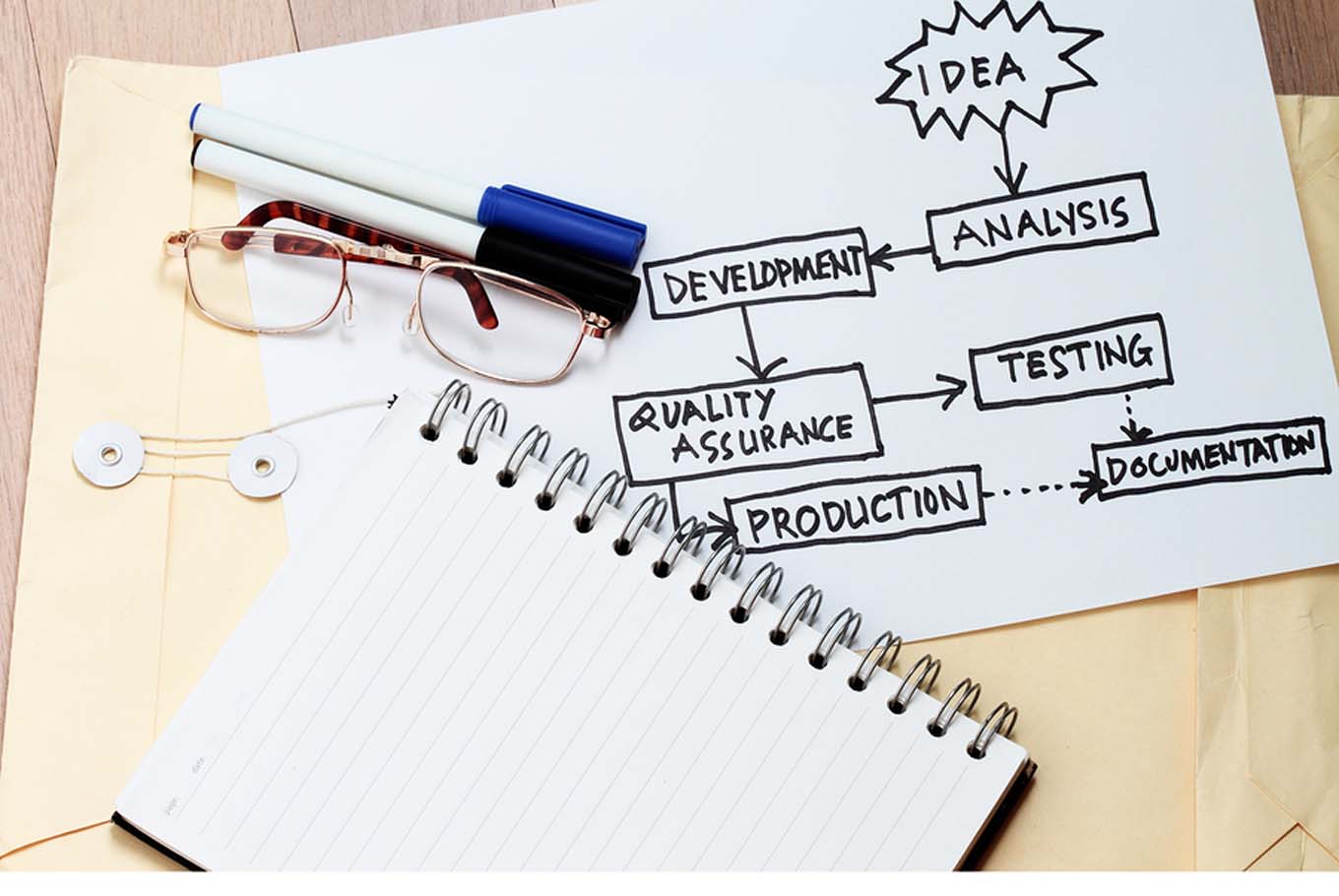Applying for SR&ED During Experimental Production
Experimentation in the course of production presents a great opportunity for claiming Scientific Research and Experimental Development (SR&ED) tax credits. The claimable expenditures depend on the context of the trials. Is the production run entirely experimental, or is the SR&ED work a layer on top of regular commercial production? The specific facts of your trials will determine the difference between claiming the entirety of your production costs versus only the incremental costs. The key to distinguishing between the two is identifying risk.
What is SR&ED in the Context of Production
The first step is to verify that the production is part of a SR&ED project. How does the commercial process relate to your technical objectives? Have you tested changes to the process on a small scale and now need to verify it at full scale? Have you changed a product in a way that makes you uncertain how it will run in production? In other words, if you are uncertain how the process will perform as a result of changes you have implemented, you can be in the realm of experimental production. But can you claim the full cost of the production run?
Types of SR&ED During Production
There are two types of production related to SR&ED: Experimental Production (EP) and Experimental Development alongside Commercial Production (ED+CP). EP occurs when the context of the production run is entirely experimental, and no commercial activities are occurring. Otherwise, the production is ED+CP where only the incremental costs can be claimed. The difference between these two scenarios can have an enormous impact on the amount of SR&ED costs that can be claimed. Consider the wages of all the operators, supervisors, and materials and overheads involved in a production run versus a few additional (incremental to the typical set-up) personnel present for the trial. Establishing the SR&ED context of the production trial is essential to establishing EP.
The Story of the Trial
The context of an EP trial is that there is significant risk to product and/or process. What are the potential negative impacts of the changes you are testing? The effects could include increased scrap rates, production slow-downs or stoppages. These issues don’t have to occur during the production trial. However, to show that the risks were present, you will need evidence. Documentation is essential to providing proof of the production context. This can include operating instructions, meeting minutes, special authorizations, notes or pictures observing the trail. These documents should establish the planned changes, their associated risks prior to the production, the additional efforts required during the trial (monitoring, process adjustments, excess costs), and analysis done afterwards.
The next step is to determine the start and end of the trials. This includes the timing of the experimentation and what portion of the production is involved. Ideally, these are established as part of the documentation of the trial planning. However, if the trial didn’t have a defined start or end then you will need to rely on the presence of technological uncertainty. When could the experimental changes start to have an impact? When have you reached a point where you are confident the issues will not occur? There could be a transition from EP to ED+CP as risk is lowered, but observation continues. You will need the full story of the trials to answer these questions.
Costing Experimental Production
You can identify the associated costs once you have defined the context of the trials. For EP you claim all the technical employees involved in the SR&ED plus the personnel involved in running the production. Scrap materials may be included as well. If you do end up selling some product, which you weren’t expecting to in the case of EP, you need to recapture the material costs only (not the labour or overhead involved). For ED+CP you only include the incremental costs. For example, the personnel that were there for the trial that wouldn’t normally be present during production. A simple alternative method is to take the cost of production during the trial period and subtract the standard cost of production.
The burden of establishing risk in the context of the production trial is well worth the effort. The difference in the eligible SR&ED costs between EP and ED+CP can be substantial. Therefore, it is worthwhile ensuring that the trials are well documented, including recording potential risk prior to production. Understanding and documenting the story of the trial will ensure that all the eligible costs are captured and defendable.
Apply for SR&ED Retroactive Tax Credit Funding
For assistance in determining which scenario applies to your fact pattern, consider utilizing our professional SR&ED consultants. Our team can take care of your SR&ED tax credit application, while determining if your business is eligible to receive Canadian government grant, or loan programs for any of your eligible projects.
Your business may be eligible to stack R&D funding from both SR&ED tax credit funding, as well as grant funding through the Industrial Research Assistance Program (IRAP). Find out how both of these programs can work together to fund your eligible innovation projects by downloading our free IRAP vs. SR&ED Slide Deck.


